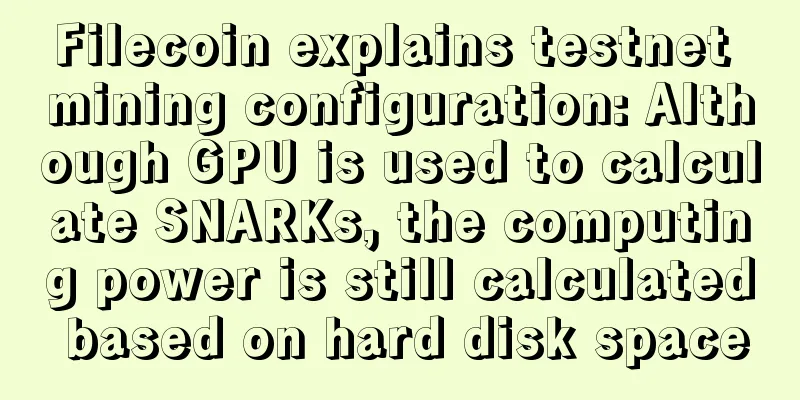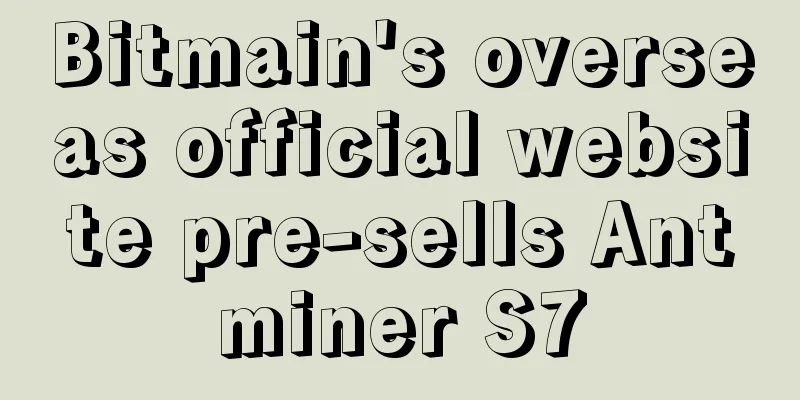Chia production reduction plan explained

|
As Chia approaches the time of opening free transfer, the computing power of the entire network is increasing rapidly. According to relevant data, as of April 29, 2021, the computing power of the entire network has reached 1143.81 PiB, and 403,654 XCH have been produced. Compared with a month ago, it has achieved a qualitative breakthrough. As the computing power increases in the later period, the difficulty of blocks will continue to increase. Chia adopts a production reduction mode to release in line with Bitcoin. This article will explain the Chia production reduction plan in detail through detailed data comparison and analysis. XCH is Chia's token. Currently, the only way to obtain XCH is through mining in the primary market. In Chia's storage network, there is no upper limit or any restrictions on the total amount of XCH produced through mining. Chia's mining reward plan directly imitates the reward model of processor calculation tokens. Due to fluctuations in the space joining the network and the increase or decrease in the speed of Timelord, the actual issuance schedule will fluctuate like the POW consensus mechanism. Chia officials will add a time adjustment coefficient based on its historical situation to make the mining rewards eventually closer to the ideal model. According to the design of the Chia network, in the first three years after the mainnet is launched, the output is 64 XCH every 10 minutes, shared by 32 miners, that is, each miner has 4,608 chances to win every day, and then decreases in batches. Chia Mining Reward Quantity Model The release schedule of the Chia storage network is called the release plan, which adds significant security advantages over the capped supply and allows transaction fees and block release to reach a balance. Chia plans to generate 42% of all XCH at the end of the sixth year after launch, with all mining rewards generated up to that date. From the launch of the mainnet, it will take approximately 21 years for mining rewards to equal the size of the Chia network’s strategic reserve, as trailing emissions will begin to slow down in the 13th year. The specific schedule is as follows: Chia's release schedule for the first thirteen years Chia's 13-year production reduction release schedule From the above table, we can see that Chia will start to slow down mining rewards in the thirteenth year, when the computing power of the entire network will reach a relatively stable state. When the mining rewards are carried out to the twenty-first year, the XCH mined by the entire network will be equal to the Chia official strategic deployment storage. As the computing power of the entire network continues to increase, the mining difficulty is expected to continue to increase in the future, and the XCH produced by miners in proportion will decrease accordingly. Therefore, in this battle against time, the earlier the miners join, the more likely they will get more rewards. As the time for Chia to open transfers approaches, major exchanges have launched XCH futures and a crazy bullish sentiment has emerged. Prices have soared and off-market sentiment continues to ferment. I believe that after XCH is officially launched, the market will become even more popular. |
<<: Which of the recently popular Chia and FIL is more worth participating in?
Recommend
The graph | Making truly decentralized applications possible
After nearly three decades of development, the we...
What does a woman with a mole on her left earlobe look like? Is it good or bad?
What does a woman with a mole on her left earlobe...
Men with certain facial features will not be happy in marriage even if they remarry.
Marriage is very important to each of us. We all ...
Failure to clean earwax in time will affect your fortune
The ear is one of the important senses of the hum...
Is it good to have a mole on your collarbone? What does it mean?
Everyone has some moles on their body. The locati...
How is the fortune of a person with pine and cypress wood having Fuzi eyes on his hands?
Palmistry is also a form of fortune-telling. In d...
What does a mole on the ankle mean? Illustration of moles on ankles!
Many people have black moles on their bodies, and...
What are the facial features? What facial features are bad?
In fact, there are many kinds of facial features,...
EXN coin, currently uses the old Monero algorithm, will be forked later
Ex Nihilo Coin Specifications: Algaorythm: Crypto...
Bitcoin is rising, platform coins should pay attention to the risk of falling back
Author | Hashipi Analysis TeamPrevious review: Ha...
Hyperledger and the Linux Foundation open the door to public blockchain space
Rage Comment : The Hyperledger project has a stro...
Interpretation of female chin features
A person's chin not only affects his appearan...
What are the facial features that indicate a lifetime of wealth and honor? Who can become extremely wealthy?
Some people are always worried about money in the...
&lt;Kun Ma Chapter&gt; Accurate identification of people: Fate Palace fortune
The "Kunma Chapter", also known as the ...
How to read people's faces
The so-called "physiognomy" is a scienc...









